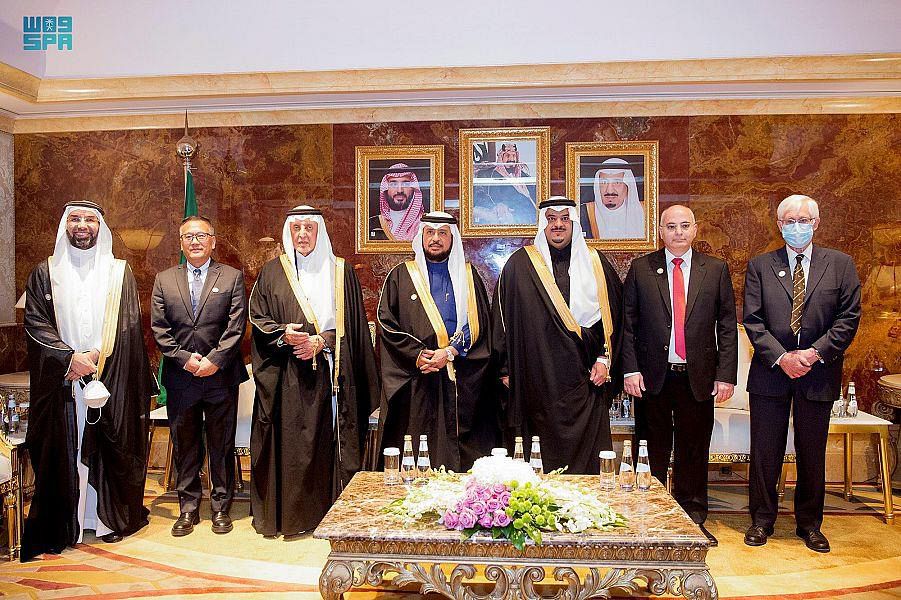
The winning entries include everything from traditional bike lanes to innovative walk-to-school programmes. Plans were submitted by hundreds of cities across five continents for a new prize that aims to promote sustainable travel – and it seems the appetite for active transport has truly gone global.
Ten months after cities around the world were offered the chance to bid for up to $1m (£800,000) to build or expand new cycling and walking schemes, the money has been awarded to designs in Brazil, Ethiopia, Kenya, Mozambique, New Zealand and Albania, among others.
The money was put up by Bloomberg Philanthropies, the philanthropic arm of the media conglomerate set up by Michael Bloomberg, during whose terms as mayor of New York the city sprouted a rapidly expanding network of cycle lanes.
Bids were assessed in conjunction with Global Designing Cities Initiative (GDCI), an urban design NGO founded by Janette Sadik-Khan, who was New York’s traffic commissioner under Bloomberg.
As well as the money – $1m for the winner and $400,000 apiece for the other nine cities – GDCI will help the cities with things such as design and local engagement.
The top prize went to a plan to build more than 110 miles of protected cycle routes in Fortaleza, a city in Brazil’s tropical north-east, with a focus on helping children and older people use bikes, and promoting cargo bike delivery.
Other bike lane-focused winners included Ethiopia’s capital, Addis Ababa, which is aiming to build Africa’s largest network of urban cycling routes; Mombasa in Kenya; the Albanian capital, Tirana; Pimpri-Chinchwad in Maharashtra state, western India; and Wellington, the capital of New Zealand.
Quelimane, a major seaport in Mozambique, won funding for a plan that covers bike lanes and pedestrian spaces, but also proposals for parking and loading zones for the city’s ubiquitous bicycle taxis, as a way to reduce congestion.
Two of the winners are especially focused on active travel for school pupils. Lisbon, the Portuguese capital, aims to connect 20,000 students to schools with protected bike lanes, while Milan in Italy submitted a proposal to connect 40 schools with a radial network of bike routes.
The plan for Bogotá is specifically aimed at the mobility of children in a low-income part of the Colombian capital, based around a programme known as a ciempiés, or centipedes – organised walking caravans that help students get to and from school safely.
James Anderson leads the government innovation programme at Bloomberg Philanthropies. He said the prize received entries from 275 cities across 66 countries, arguing this was a sign of the global interest in active travel.
“Demand and interest in urban cycling is skyrocketing,” he said. “The need to offer residents more sustainable mobility options is also urgent and critical. But we all know that city infrastructure has not kept pace.
“We haven’t seen the level of innovation, we haven’t seen the level of ambition that the moment demands.”
The judges, he said, were not just looking for plans with coherent networks, but ideas that engaged with local communities, particularly ones seen as traditionally hard to reach for active travel schemes, such as Wellington’s focus on the city’s Māori population.
“There’s a recognition now in city halls everywhere that expertise comes from lots of places, and a lot of it comes from the community,” he said.
“If you want people in communities that have not typically participated in some of the sustainable mobility options, you need to go there and you need to work with them, need to get their thoughts on how to make cycling infrastructure useful in their day-to-day lives.”






